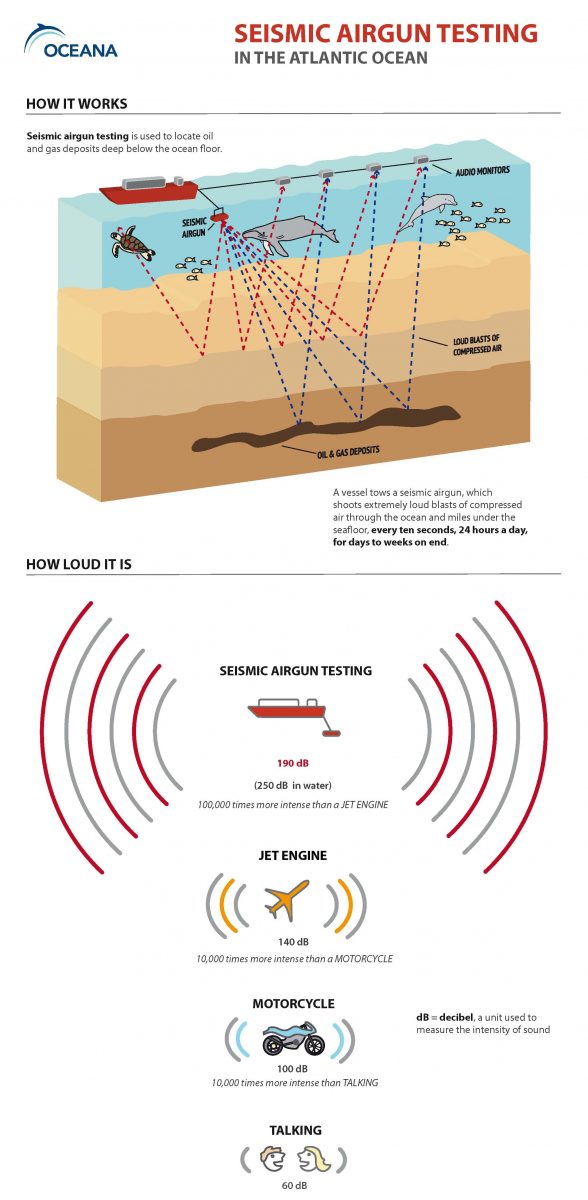October 30, 2013
Oceana meets with EU Commission to address concerns on Balearic oil drilling plans.
Earlier this week, a group of politicians and civil society organizations met with Karl Falkenberg, Director General of DG Environment – the environmental arm of the European Commission. The delegations came to Brussels with a clear message of strong opposition to the Spanish government’s plans to develop offshore oil activities on the Mediterranean coast. The plans would start with seismic surveys of an area as big as 4,200 km2, between the coast of Valencia and the Balearic Islands, using large underwater explosions to study the seabed and discover pockets of hydrocarbons.
The area is located some 40 km away from the island paradise of Ibiza, in an ecologically rich area known for hosting bottlenose dolphins, green turtles, corals gardens, a lot of commercial fish species, and for being a spawning ground for threatened bluefin tuna.
Opening the area to seismic testing is the first step to offshore oil production. This dangerous and polluting activity not only directly threatens the economy of the Balearic Islands, but also demonstrates the government’s stubborn drive to continue investing in fossil-fuel energy despite the current climate crisis.
At the meeting with Director Falkenberg, the coalition presented the inaccuracies in the preliminary environmental studies submitted by the operator (Cairn Energy). We also requested that a comprehensive Environmental Impact Assessment be carried out to account for all the cumulative impacts (underwater noise, discharge and pollution, risk of collision etc). Mr. Falkenberg was very receptive of our message. Oceana, together with its partners, remains committed to fully playing the role of a watchdog in this process, to keep our beaches clean and our oceans healthy and productive.


